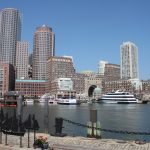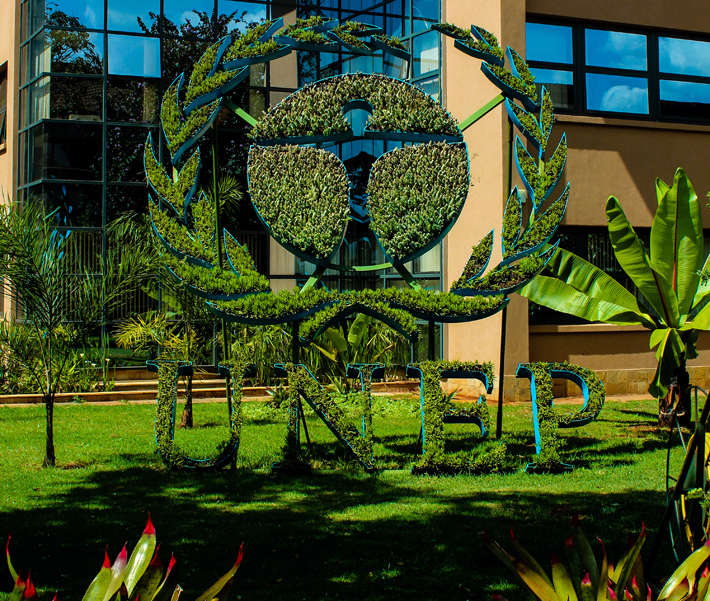BOGOTA, Colombia (ViaNews) – The great variety of diversity of the Caribbean ecosystem makes it unique in the world, with more than 450 species of fish, 600 birds, 500 reptiles, 170 amphibians and 90 mammals.
In 2014, the Nagoya Protocol entered in operation and is now ratified by 104 countries. The Protocol specified the points to be considered to access genetic resources and their fair and equitable sharing of the benefits arising from their utilization. The entire planet benefits from the resources of various ecosystems, and in the case of the Caribbean region, when its resources are exploited for commercial purposes (manufacturing and drug production), it is imperative to compensate the countries from which these resources come from.
According to United Nations Environment expert Marianela Araya, the Nagoya Protocol “provides a mechanism to ensure that the benefits of the utilization of genetic resources are shared in a fair and equitable manner”. Araya added that “this is to support the continued conservation of resources and their sustainable use.”
However, these international joint efforts are sometimes not enough for most of the population to understand their significance. That is why the Global Environment Facility (GEF), in conjunction with the United Nations EP (Environment Programme), has funded since 2016 (and will finance until 2019) various projects in the Caribbean region to make people aware and understand the importance of the Nagoya Protocol.
Additionally, educational videos have been developed explaining the Protocol and they have been translated even into native languages; also, there is a partnership with island countries in the region such as Antigua and Barbuda, Barbados, Grenada, Guyana, Jamaica, Saint Kitts and Nevis, Saint Lucia and Trinidad and Tobago to distribute official press releases. These mechanisms have been ways of spreading the word about the Protocol.
Specifically, one of the macro objectives of the projects is to establish the importance of genetic resources in the Caribbean among governments and stakeholders within the countries that are parties to the treaty. The establishment will be done through workshops and talks and critical and direct dialogues.
For example, it has been successful in motivating and encouraging various local communities to express their perspective on access and benefit-sharing that are extracted, as well as how genetic resources should be used locally. These countries that are part of the project, in conjunction with local communities, have managed to establish zone monitoring to warn of any illegal activities and to alert against unauthorized extraction of genetic resources.
Environmental damage to the Caribbean Sea
The maritime space known as the Caribbean Sea is between the right flank of the continental territory of Central America, the right flank of the Greater Antilles and the left flank of the Lesser Antilles. The Caribbean Sea receives rainwater that drains from a surface area equivalent to 1,120,697 square kilometers, of which the continental zones represent 85.6 percent.
To get an idea of the seriousness of illegal exploitation of resources in the Caribbean, statistics affirm that more than 60% of the biodiversity of this area in Colombia is threatened by illegal exploitation of its resources, among other factors. In fact, Colombia and Venezuela bear the greatest responsibility for maritime pollution, with more than half (54.3 percent) of the total contamination coming from these two countries drainage areas. Colombia, with 34 percent and Venezuela, with 20.3 percent, according to by a research carried out by the Universidad del Atlántico (Colombia).
The research also indicated that the other countries in the Caribbean Sea basin also bear responsibility for environmental degradation. The Greater Antilles, which are Cuba, Haiti, the Dominican Republic, Puerto Rico and Jamaica, carry 13.6 percent drainage water.




